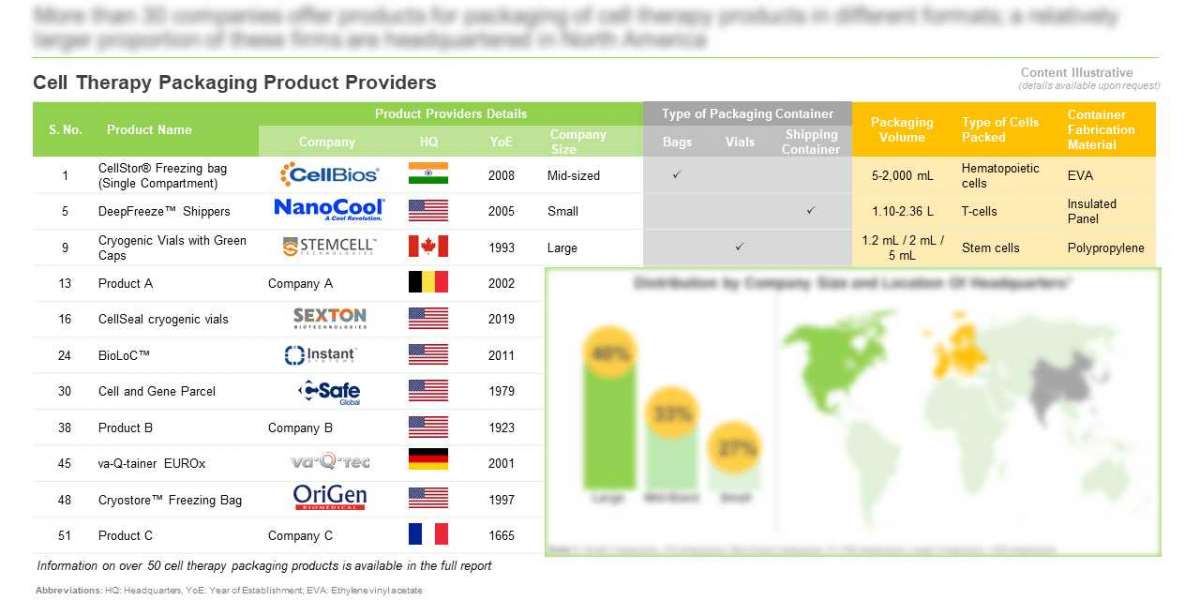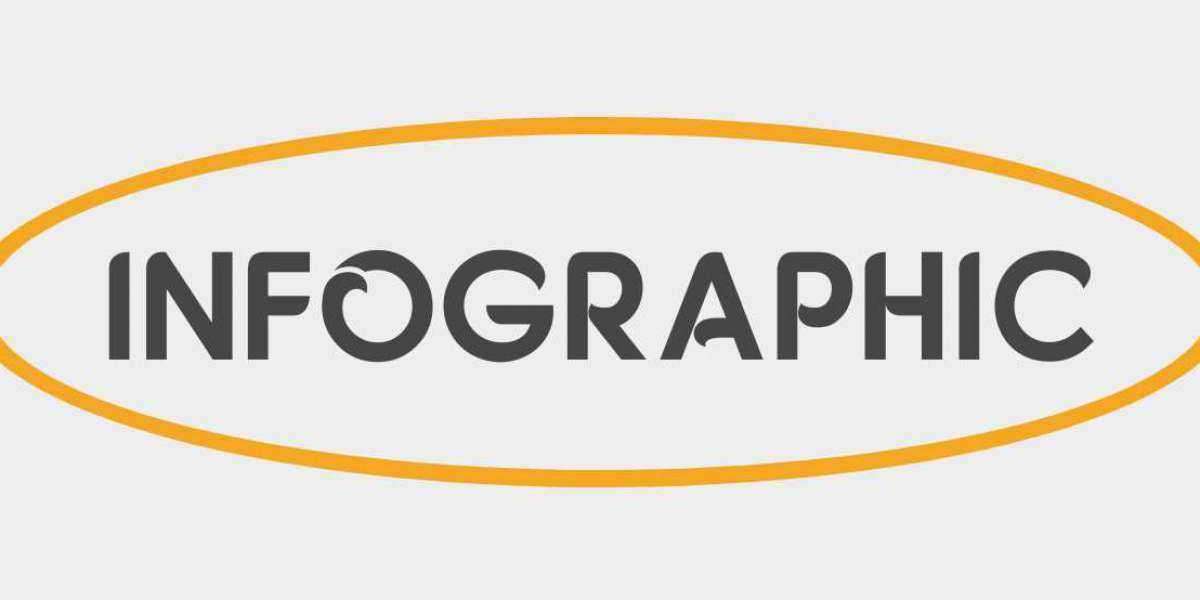Over the years, the pharmaceutical industry has witnessed several advancements in drug development. It has gradually shifted from a one-drug treats all model to a more personalized approach of treatment, which involves the use of personalized cell therapies for various disease indications. This shift has led to an evident change in the pharmaceutical packaging domain as well. The cell therapy packaging is relatively complex than that of small molecule therapeutics and other biologics. It requires specific conditions for fill / finish, storage and transportation in order to maintain sterility and viability of cells at cryogenic temperatures and stringent quality standards. Considering the packaging, storage and drug administration-related demands of the modern healthcare industry, experts believe that a modular approach to packaging methods would be beneficial, both in terms of time and cost.
Currently, over 25 players across the globe claims to provide cell therapy packaging services Presently, the cell therapy packaging market is characterized by the presence of large (more than 500 employees), mid-sized (51-500 employees), small companies (2-50 employees).
To request a sample copy / brochure of this report, please visit
https://www.rootsanalysis.com/reports/cell-therapy-packaging-market/request-sample.html
Packaging and Filling of Various Therapeutics
In general, the term packaging refers to the set of components, which enclose the drug product from the time of its production till its use by the patient. Apart from serving as a physical (storage) container for a drug, good pharmaceutical packaging should be user friendly, easy to identify and provide proper protection from the external environment. However, the most important aspect of the packaging is its compatibility with the dosage form and inert nature.
The pharmaceutical filling process is well established with checkpoints at various steps to prevent product contamination and disruptions in the entire process. Further, such operations are required to be conducted in compliance to various regulatory guidelines, as applicable across different geographies.
The previously acceptable open processing area filling lines without barrier technology are becoming obsolete. Due to an increased demand for personalized therapies and rising adoption of flexible filling technologies, almost every filling line that is being built features isolators / barriers technology. The barrier technology and flexible fillers aid the manufacturing process by eliminating all potential sources of human contamination and are suitable for small-scale filling of multiple types of container formats, such cartridges, syringes and vials.
The figure below highlights the traditional pharmaceutical filling process.
Type of Pharmaceutical Packaging
There are three types of packaging, namely primary packaging, secondary packaging and tertiary packaging.
The figure below provides a representation of the different types of pharmaceutical packaging.
Additional details, highlighting the key purpose of various types of packaging are outlined below:
- Primary packaging: It refers to the material that is in direct contact with the drug product and therefore, has a direct impact on its shelf life. Examples include vials, ampoules, syringes and intravenous (IV) containers.
- Secondary packaging: It is the covering around the primary packaging used to collectively contain groups / sets of primary packages. Examples include cartons, boxes and trays.
- Tertiary packaging: It refers to the type of packaging used when the product needs to be handled in bulk or shipped. Examples include barrels, containers and edge protectors.
Primary Packaging of Cell Therapies
Primary packaging, specifically glass and plastic container systems, plays a pivotal role in the protection of the therapy product contained within, from a number of environmental factors. Additionally, it is responsible for maintaining the stability of the product throughout its entire lifecycle. The container must be compatible with the manufacturing process of cell therapies. Figure 3.4 represents the three most common product containers specifically used for cell therapies.
Secondary Packaging of Cell Therapies
Secondary packaging is used to protect the primary packaging and keep the label intact under critical environmental conditions. This type of packaging uses cartons and metal cassettes to cover cryopreserved vials and bags containing cell therapy products. Secondary packages are designed to fit into specific racking systems used in cell therapy liquid nitrogen (LN2) shipping containers. These LN2 packages have different neck diameters and payload volumes that vary according to suppliers. In addition, dry vapor shippers, Styrofoam boxes (specially designed for cell therapies), coolers are also used as secondary packaging solutions.
For additional details, please visit
https://www.rootsanalysis.com/reports/cell-therapy-packaging-market.html or email sales@rootsanalysis.com
You may also be interested in the following titles:
- Antibody Drug Conjugates Market, 2021-2030
- Biologics Fill / Finish Services Market, 2021-2030
- Global Antibody Purification Services Market, 2021-2030
About Roots Analysis
Roots Analysis is one of the fastest growing market research companies, sharing fresh and independent perspectives in the bio-pharmaceutical industry. The in-depth research, analysis and insights are driven by an experienced leadership team which has gained many years of significant experience in this sector. If you’d like help with your growing business needs, get in touch at info@rootsanalysis.com
Contact:
Ben Johnson
+1 (415) 800 3415
+44 (122) 391 1091
Facebook - https://www.facebook.com/RootsAnalysis
LinkedIn - https://www.linkedin.com/company/roots-analysis/mycompany/
Twitter - https://twitter.com/RootsAnalysis
Medium - https://medium.com/@RootsAnalysis
Pinterest - https://in.pinterest.com/RootsanalysisPin/_saved/



